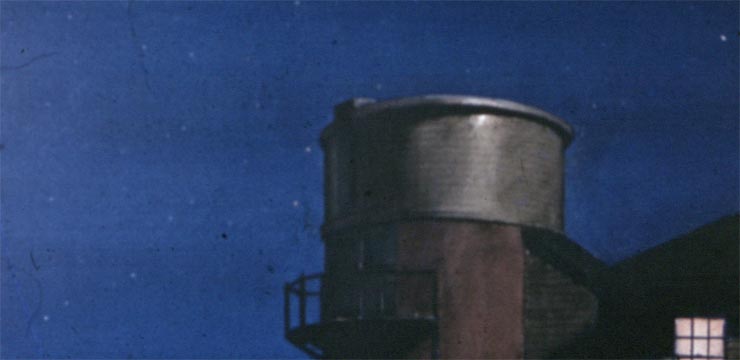August 2013
Finding Longitude Using Lunars
Frank ReedFinding Longitude by Observing the Moon by Frank Reed
Mr. Frank Reed of Reed Navigation, Jamestown RI, will describe the famous method of finding longitude by lunar distances, usually known for short as “lunars”. Lunars were widely used at sea in the early 19th century in the era before chronometers became inexpensive and common. By observing the position of the moon relative to the sun or stars, navigators used the moon as a great natural clock in the sky. The method of measuring lunar distances was championed by the Astronomer Royal in the 18th century as the Astronomical substitute to using chronometers. It was the belief at Greenwich that no mere mechanical contrivance could solve the most challenging practical Astronomy problem of the day. Thus the measurement of lunars competed against Mr. Harrison’s famed chronometers for King Charles’ prize.
Frank Reed earned his BA in Physics from Wesleyan University in 1984. He teaches various navigation courses and has developed the Centennia Historical Atlas. He has been the guest of Neil deGrasse Tyson’s StarTalkRadio.
A scheduled program by Jeff Dunn from Treworgy Planetarium was cancelled at the last minute due to Jeff and his family moving to Seattle.
Related Links


Observing Report: August 10


Perseids 2013 Observing Report


August 24

Observing Neptune in 2013
: By Jim HendricksonWhat do you see when you look at the Moon?
: By Francine Jackson
Perfect Prospects for Perennial Perseids
: By Dave Huestis



